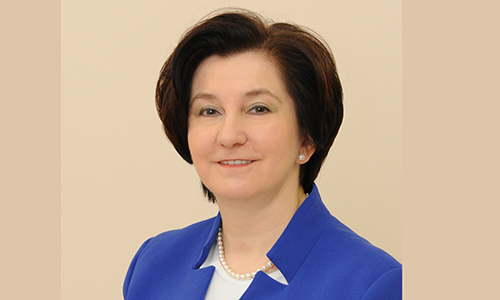Complicated cases in cataract surgery
Key ESCRS opinion leaders tackle the latest issues in anterior segment surgery

Priscilla Lynch
Published: Saturday, February 20, 2021
 Professor Ewa Mrukwa-Kominek
Professor Ewa Mrukwa-KominekKey ESCRS opinion leaders tackle the latest issues in anterior segment surgery

Published: Saturday, February 20, 2021
 Professor Ewa Mrukwa-Kominek
Professor Ewa Mrukwa-Kominek